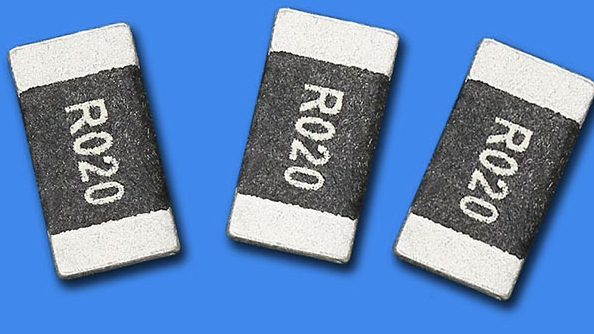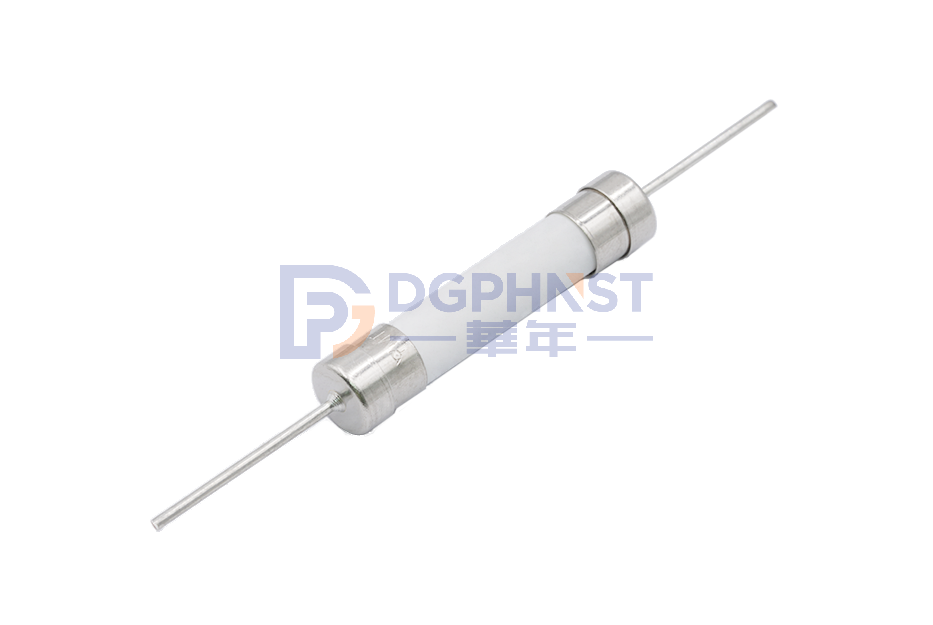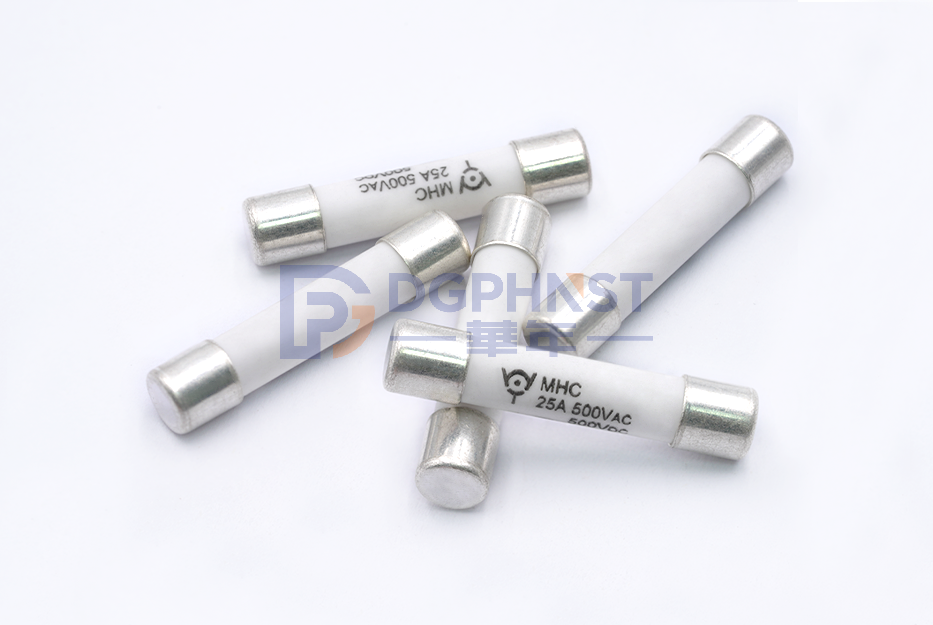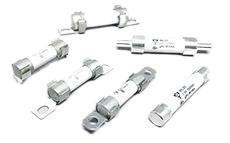This paper mainly introduces the characteristics of different series of XC ELECTRONICS patch fuse and the points for attention in practical application. If you do not know much about fuse knowledge, you can pay attention to Shunhai Technology.

XC ELECTRONICS patch fuse series features
24F Patch 2410 Fast Fuse: This type of fuse has a fast fuse response, which can quickly cut off the current when the circuit is short circuited or overloaded, protecting the circuit from damage. Its large size provides good heat dissipation performance and is suitable for protection of high power circuits.
32F Patch 3210 Fast fuse: Compared with 24F, 32F has a larger rated current carrying capacity, suitable for circuit protection of higher power equipment. Its fast fusing characteristics ensure that the circuit is quickly disconnected in abnormal situations, effectively preventing equipment damage and fire risks.
06F Patch 0603 Fast Fuse: Despite its small size, 06F fuses still have excellent fast fuse performance. It is suitable for space-constrained circuit board designs and can quickly cut off current at critical times, protecting sensitive components from damage.
12F Patch 1206 Fast Fuse: 12F fuses achieve a good balance between size and performance, and are widely used in a variety of circuit scenarios requiring fast protection. Its compact design and excellent fast fusing characteristics make it the choice of many engineers.
XC ELECTRONICS patch fuse selection precautions
When choosing XC ELECTRONICS patch fuse, in addition to considering the rated current, fuse characteristics and size, the following points should be noted:
Safety: Ensure that the selected fuse complies with relevant safety standards and certification requirements, such as UL, CE, etc. This will help reduce the safety risks caused by circuit failures.
Reliability: Choose a brand model with a good reputation and wide application to ensure the reliability and stability of the fuse. XC ELECTRONICS as a well-known brand, its patch fuse enjoys a high reputation in the market.
Cost-effectiveness: Consider the cost-effectiveness of fuses while meeting performance requirements. Choosing a cost-effective model helps reduce the cost of the overall circuit design.
Compatibility: Ensure that the selected fuse is compatible with other components on the board to avoid circuit failure or performance degradation due to incompatibility.



